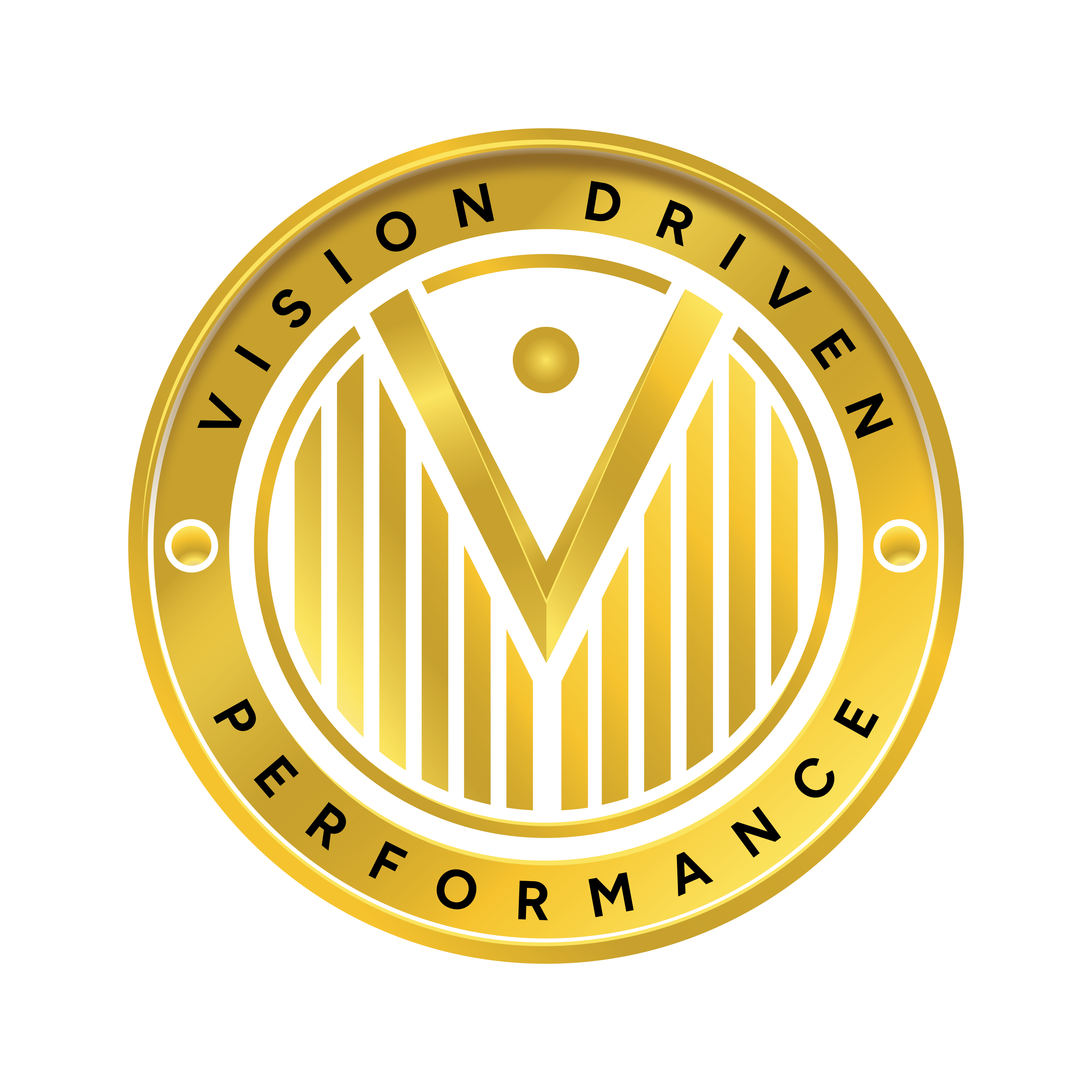A comprehensive business plan typically includes the following 11 key elements…
- Executive Summary
- An overview of your business concept, goals, and key highlights of the plan. It should grab the reader’s attention and provide a snapshot of what the business is about.
- Business Description
- Detailed information about your business concept, including the products or services offered, target market, unique value proposition, and competitive advantage.
- Market Analysis
- Research on the industry, market trends, target market demographics, customer needs, and competitive landscape. This section helps demonstrate your understanding of the market and how your business fits into it.
- Organization and Management
- Description of your business structure, ownership, management team, and key personnel. Provide bios of key team members and explain their roles and responsibilities.
- Product or Service Line
- Detailed descriptions of your products or services, including features, benefits, pricing, and how they meet customer needs. Highlight any unique selling points or competitive advantages.
- Marketing and Sales Strategy
- Plans for promoting and selling your products or services, including target market segmentation, marketing channels, advertising, sales tactics, and pricing strategy.
- Funding Request
- If you’re seeking funding or investment, outline your financing needs, how the funds will be used, and the potential returns for investors. Include details about the amount of funding required and the terms of the investment.
- Financial Projections
- Projections of your business’s financial performance over a specified period, typically include income statements, cash flow statements, and balance sheets. These projections should be based on realistic assumptions and supported by market research.
- Appendix
- Additional supporting documents or materials that provide further detail on specific aspects of the business plan, such as resumes of key team members, market research data, legal documents, or product/service specifications.
- Operational Plan
- Details on how the business will operate on a day-to-day basis, including location, facilities, equipment, production processes, suppliers, and distribution channels.
- SWOT Analysis
- An analysis of the business’s strengths, weaknesses, opportunities, and threats. This helps identify internal and external factors that may impact the business’s success and informs strategic decision-making.
These 11 elements provide a comprehensive framework for developing a well-structured and informative business plan that effectively communicates your business concept, strategy, and potential for success to stakeholders such as investors, lenders, partners, and employees.





